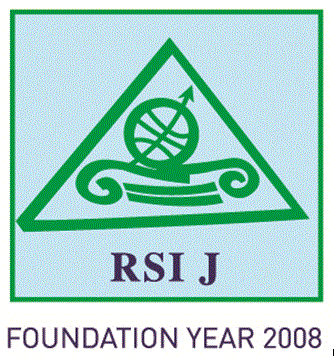Yasuhiro HIROBATA
Graduate School of Architecture and Civil Engineering, Toyohashi University of Technology
1-1, Tempaku, Toyohashi, 441-8580, Aichi, Japan. e-mail: hirobata@ace.tut.ac.jp
Yuzuru MIYATA
Graduate School of Architecture and Civil Engineering, Toyohashi University of Technology
1-1, Tempaku, Toyohashi, 441-8580, Aichi, Japan. e-mail: miyata@ace.tut.ac.jp
and
Hiroyuki SHIBUSAWA
Graduate School of Architecture and Civil Engineering, Toyohashi University of Technology
1-1, Tempaku, Toyohashi, 441-8580, Aichi, Japan. e-mail: hiro-shibu@tut.ac.jp
Abstract:
Japan’s economy is entering a new phase of economic growth after the so-called “lost 15 years” since 1990. Particularly Tokyo and Aichi prefectures have been drawing attention as engine of new economic growth in Japan. Although the recovery of Japan’s economy has resulted in an increase in the demand for transportation, construction of new roads in region-wide areas has been in a serious situation. It is attributed to a decreasing trend in Japan’s population and aging which will cause Japan’s national budget being reduced in the future. Due to this situation, stricter economic assessment of new roads development in region-wide areas has particularly been required than before. Taking into account these backgrounds, this article aims to present a model integrating the equilibrium concepts of economic and transport network. Moreover this model will be able to be extended into a full spatial equilibrium model. And then setting San-En region in Aichi and Shizuoka prefectures as a study area which consists of many urban and countryside areas, this study also aims to measure the economic impacts of construction of new roads development in this region.
read more
